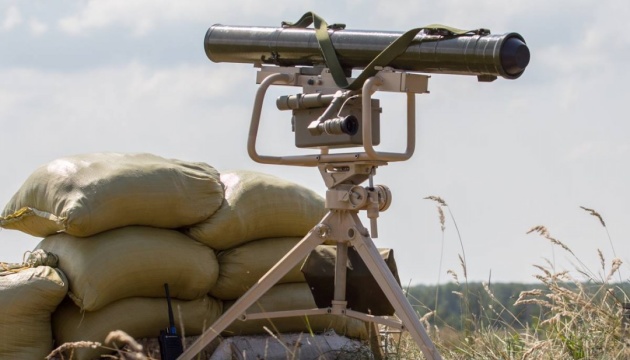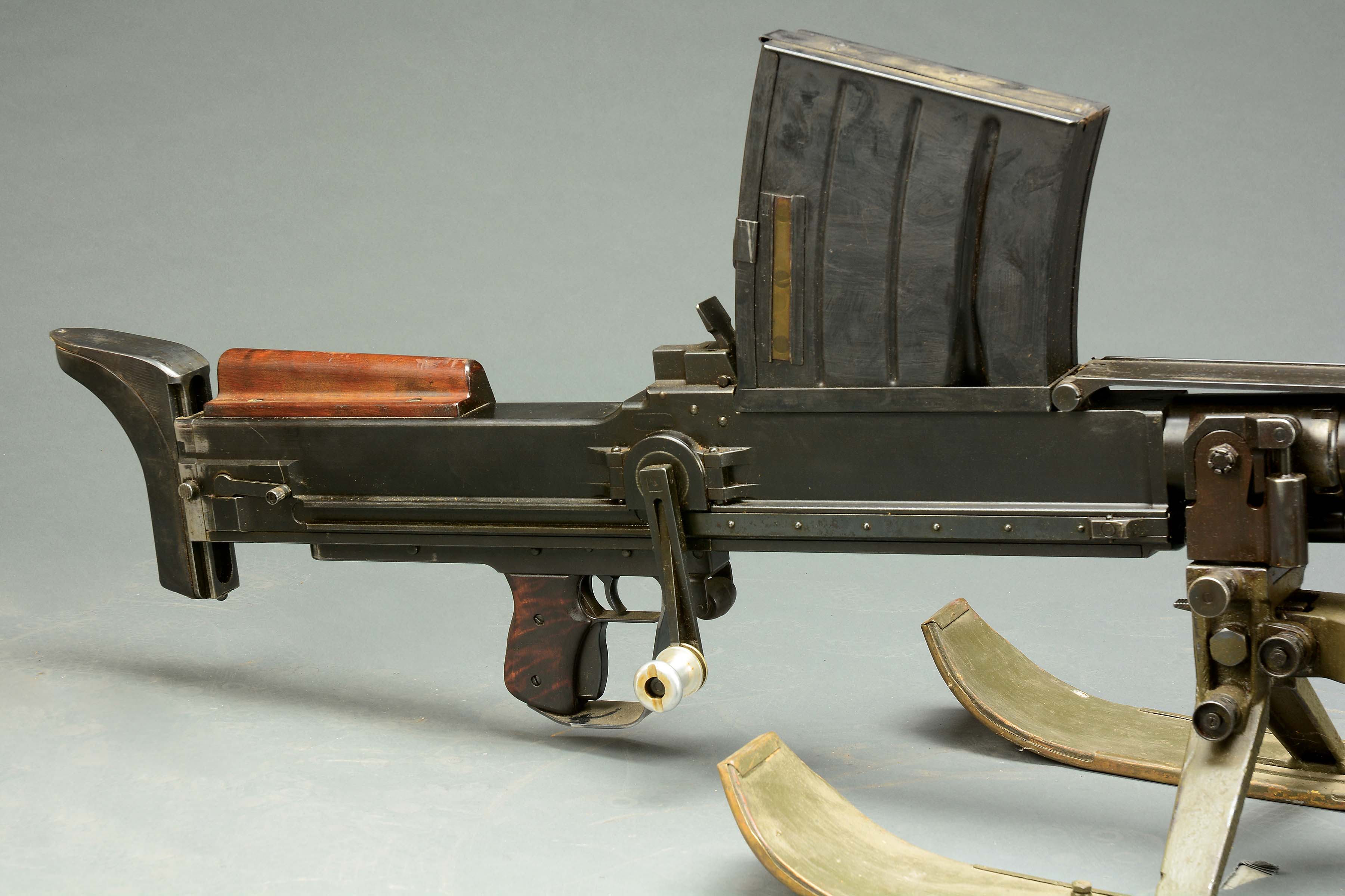



To penetrate armor, they fired specialized ammunition from longer barrels to achieve a higher muzzle velocity than field guns. The first dedicated anti-tank artillery began appearing in the 1920s, and by World War II was a common appearance in many European armies. To destroy hostile tanks, artillerymen often used field guns depressed to fire directly at their targets, but this practice expended too much valuable ammunition and was of increasingly limited effectiveness as tank armor became thicker. The development of specialized anti-tank munitions and anti-tank guns was prompted by the appearance of tanks during World War I. Form of artillery designed to destroy tanks and other armored fighting vehicles French-designed DEFA D921/GT-2 90 mm towed anti-tank gun as mounted on a QF 17-pounder carriageĪn anti-tank gun is a form of artillery designed to destroy tanks and other armoured fighting vehicles, normally from a static defensive position.


 0 kommentar(er)
0 kommentar(er)
